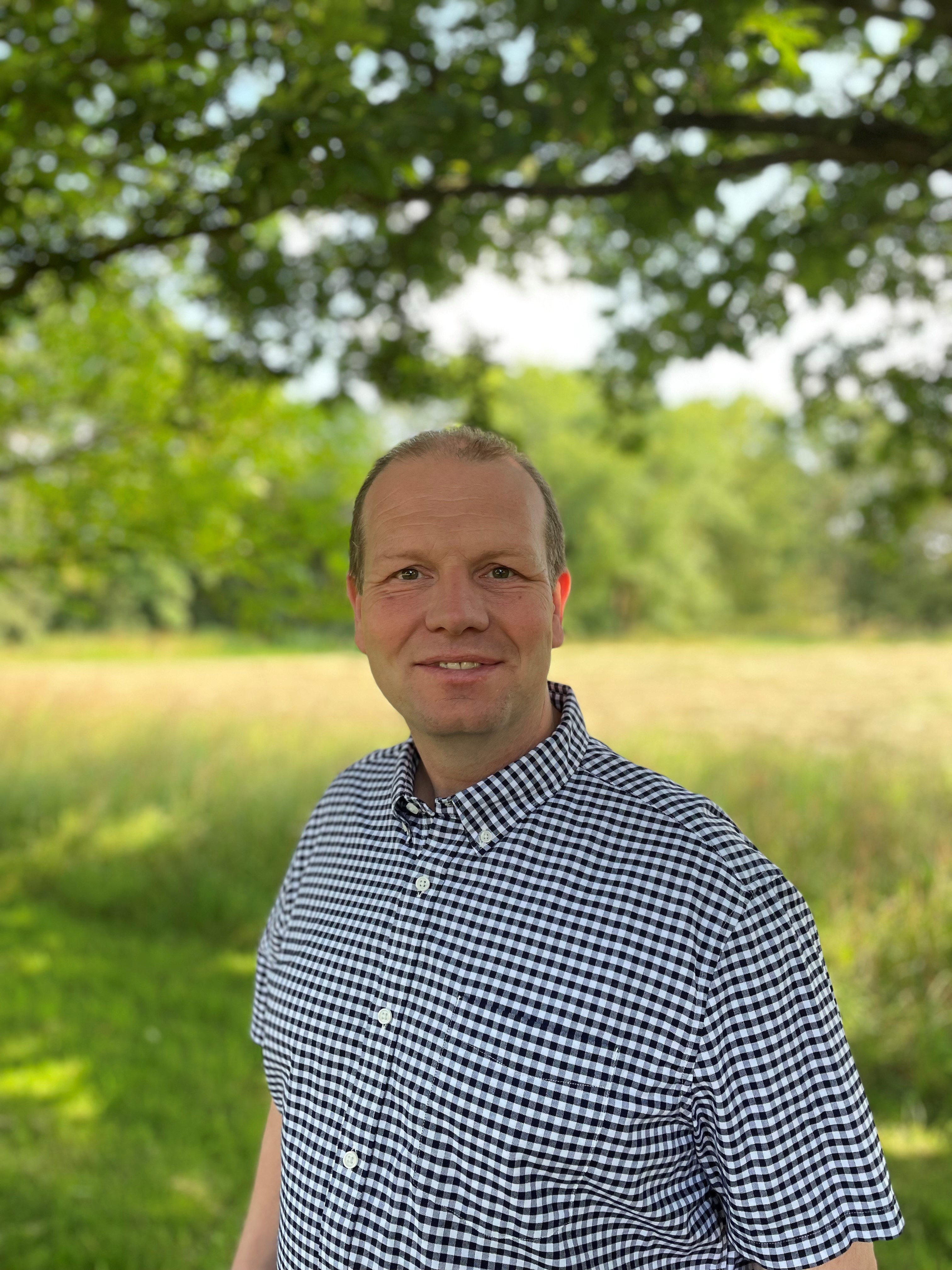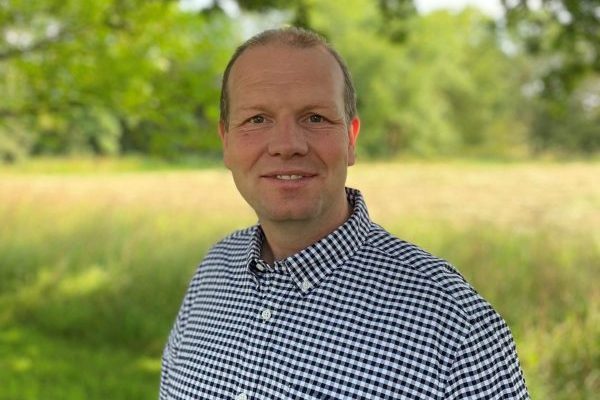 As a recent gas price spike triggered two UK fertiliser plants to close their doors, alarm bells rang across the fields of many arable farms. With a looming shortage of nitrogen, the sector’s relationship with gas fertilisers, or more our dependence on it, has been brought into question once again. That’s not altogether a bad thing, given that an average 40% of nitrogen fertiliser is left unused or leaks into the environment. So now nitrogen is back in the spotlight, the question remains – how can we build our soil health to lessen our reliance on gas fertiliser?
As a recent gas price spike triggered two UK fertiliser plants to close their doors, alarm bells rang across the fields of many arable farms. With a looming shortage of nitrogen, the sector’s relationship with gas fertilisers, or more our dependence on it, has been brought into question once again. That’s not altogether a bad thing, given that an average 40% of nitrogen fertiliser is left unused or leaks into the environment. So now nitrogen is back in the spotlight, the question remains – how can we build our soil health to lessen our reliance on gas fertiliser?
At the beginning of this year, our farm had a number of deep soil samples assessed for nitrogen availability and we were surprised at the variations across different fields. In the face of rising costs for nitrogen, these samples are an opportunity to assess what’s already available in our soil or is being held by crops or cover crops – with the goal being to lessen the need for inputs.
With urea fertiliser use most likely to be restricted or removed in the near future, making access increasingly limited or expensive, taking a closer look at our rotations will help our crops thrive without pinching the bottom line.
As a cost-effective alternative, nature-based solutions prove time and time again to boost yield and save costs, with staggering evidence to back this up. Pollinator populations are essential in food production and improve the yields of three quarters of UK crops. Without pollinators, farming’s need for agrochemicals and inputs increases. One study by the Centre for Ecology & Hydrology found that an increase in pollinators improved crop yields by a third, with an added boost in crop quality.
On our farm, habitat is left undisturbed and not cut at the end of the season, giving beneficial insects somewhere to hibernate over winter so they’re available for pest control the following spring. I am involved in a number of trials where we have put additional margins across fields to measure the increase in activity of beetles, bugs and pollinators – all having a positive effect.
We’ve started increasing our spring cropping, including growing pulses, and having fertility breaks by using herbal leys and clovers to build our soil quality. Peas and beans, in particular, help build fertility through nodules in their roots which release nitrogen for the next crop. Instead of a short rotation, which needs more inputs, the more we diversify and lengthen our rotations with plants that are less reliant on additional inputs, the healthier our soils will be in the long-term. The healthier the soils are naturally, the lesser the need for costly fertilisers.
In the past, we’ve been encouraged to push as much nature out of our way as possible, to the outside of the field and beyond. But in theory, nature makes our fields more productive. As many are now realising, we need to make room for nature so we can reap the benefits for our farming businesses.
Using data like yield, soil and fertility maps, we can place habitat across our landscape to help us get better financial return and be rewarded for doing so with a new public money for public goods scheme – where the focus is on farmers to deliver nature recovery across their farmland. With a drive from Government and society for a landscape to deliver in helping tackle the climate and biodiversity crisis, we’re going to be increasingly asked to produce different outcomes from the assets we manage. Coupled with nitrogen’s increasing cost and the quickening move towards a low-carbon future, lessening our dependence on nitrogen becomes part of a net-zero journey.
If there’s a business cost that outweighs sense, it’s more often than not a paid replacement for what nature can do itself. As farmer trials have argued, the sector’s true dependence doesn’t come from a bag. For a healthy, functioning farm ecosystem our dependence is on nature itself.
Martin Lines is an arable farmer and contractor in South Cambridgeshire with more than 500ha of arable land in his care. His special interest is in farm conservation management and demonstrating that farmers can profitably produce food in harmony with nature and the environment. He’s also chair of the Nature Friendly Farming Network UK.
martin.lines@nffn.org.uk




